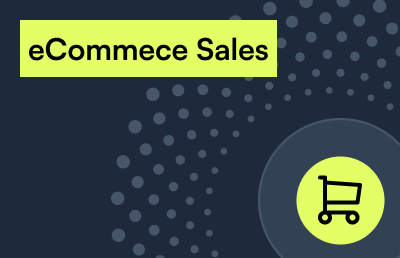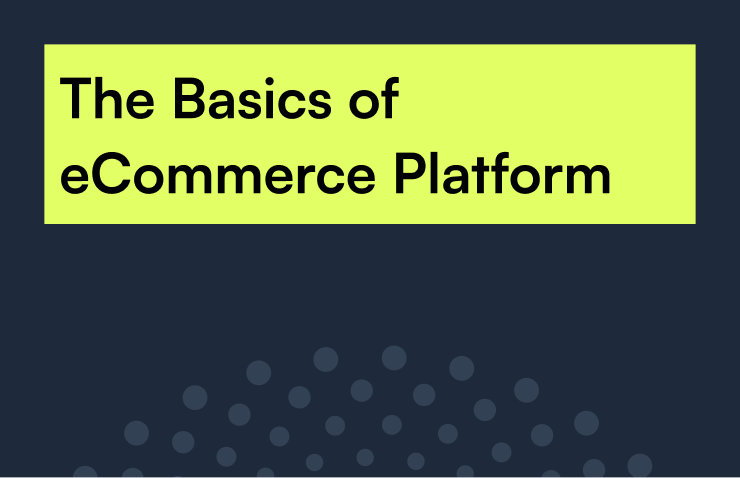Subscription dinner services like Blue Apron and Hello Fresh deliver pre-portioned ingredients directly to the buyer’s door on a subscription schedule of their choosing, a strategy that was unheard of just ten years ago. Amazon is cutting deals with Prime Pantry, a service that allows busy families to bulk pantry items delivered on a monthly subscription. Grocery delivery exists in two camps, established brick-and-mortars like Whole Foods testing local delivery, and delivery-only grocery services like Fresh Direct and PeaPod. With so much disruption and innovation in so little time, how can mid-market grocers innovate to keep growing their market share?
Direct-to-Consumer Strategies
Consumers want convenience and personalization, and it’s a buyers market with so many options to choose from. Developing a strategy for personalization on your website can help provide a unique, memorable brand experience that will increase word-of-mouth marketing. Subscription snack boxes like Graze, with options for low-fat, low-carb, gluten free and other lifestyle choices are immensely popular. Paleo-diet and vegan subscription grocery services take the burden off busy consumers that follow a diet that requires planning. Knowing the strengths of your brand is the first step, finding an eCommerce platform that is customizable and agile enough to implement innovative strategies is the next.
See how to implement a subscription strategy on your Magento 2 site. >>
Offer Quality
Older millennial buyers are enticed by companies that they perceive as high-quality, or companies that have a message like sustainability behind them. Don’t underestimate the dollar of the millennial, they are willing to pay more for artisan, unique and quality products than the baby boomer generation. A gourmet French Pot Ice cream for $9 a pint online may not sell to a busy mom with a family, but a young person with expendable dollars for trendy products will buy. Millennials are also buying more from companies with a message for good. Political action and charity are important to this generation, and if your company “gives back” for buying with them, there is a potential to create PR buzz and repeat customers.
Don’t Underestimate the Market Power
CNBC reports that online grocery sales could corner up to 20% of the market by 2025. Brick-and-mortar retailers need to get their online strategy for grocery sales started, sooner rather than later, to avoid the pitfalls that Big Box and Department retailers have faced without a quick shift to online commerce. Consumers trust online buying now more than ever, and food sales are included in that trust.
We can help you evaluate your online grocery strategy. Let’s Chat.



